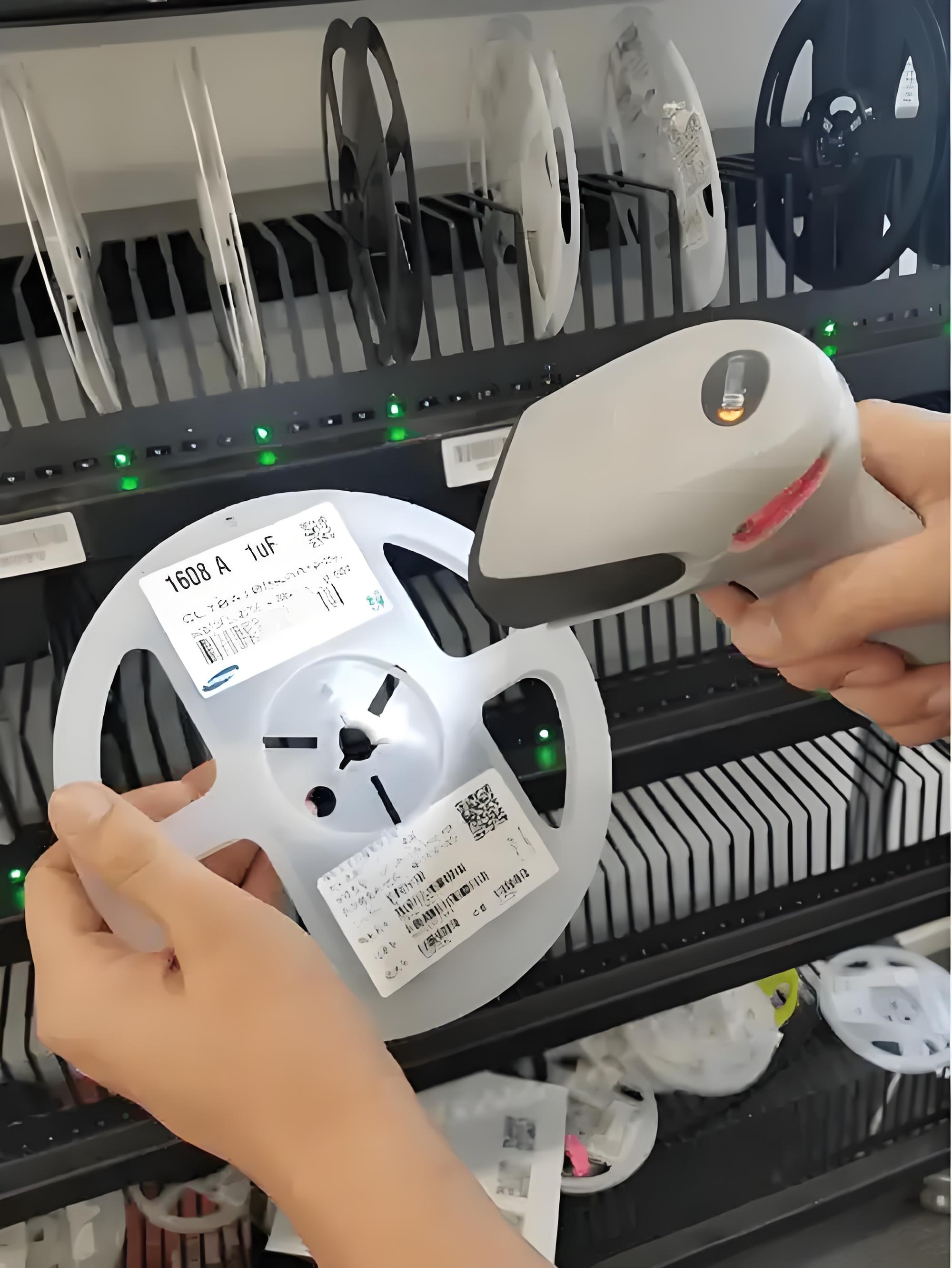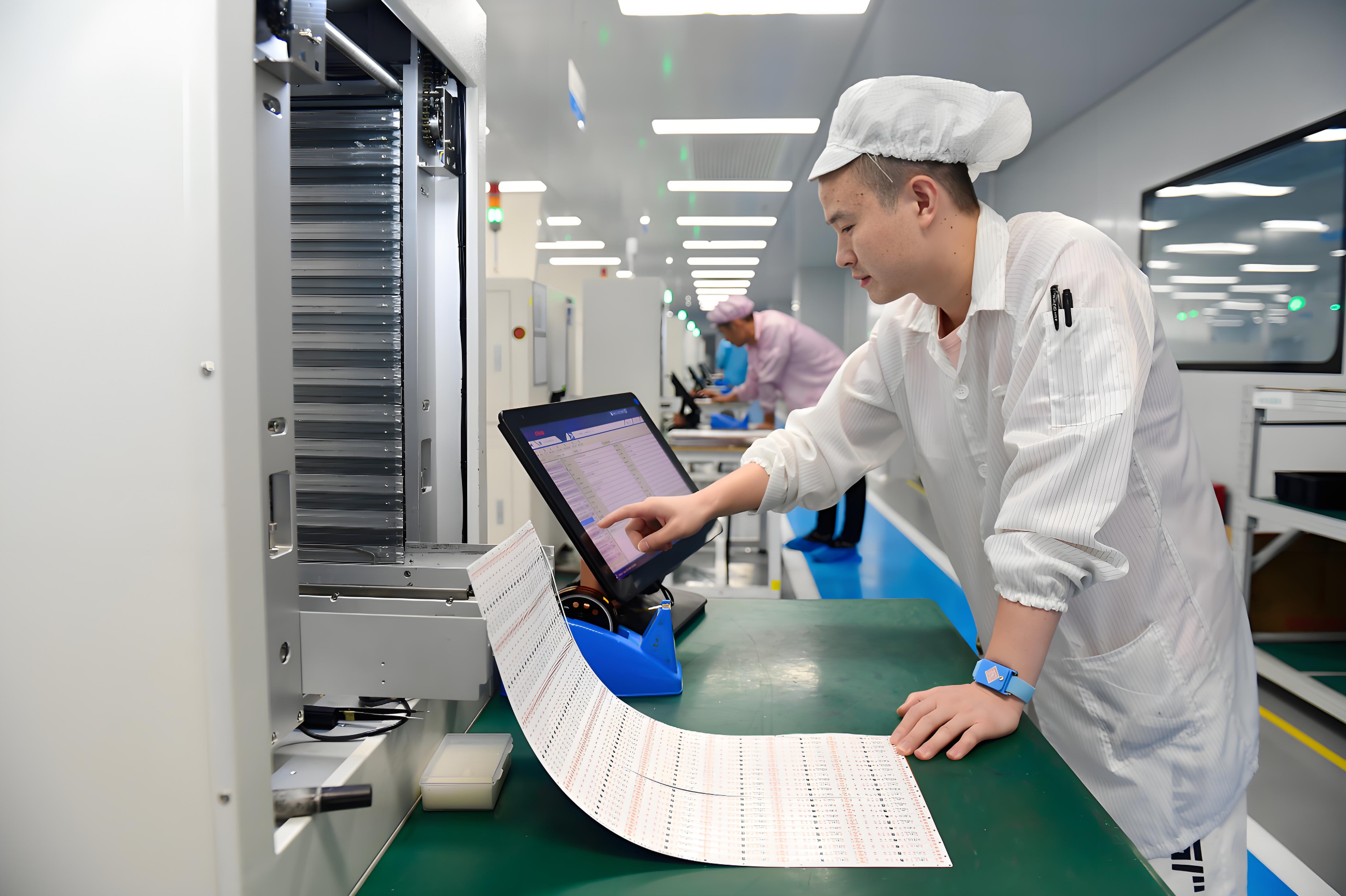The Process of Mass Production for Electronic Products
Mass production of electronic products is a complex process that typically includes the following key steps:
1. Product Design and Prototype Development
- Function Design: Define the product’s features and hardware/software architecture based on market demand.
- Circuit Design: Create the schematic diagram and PCB (Printed Circuit Board) layout.
- Prototype Creation: Build a functional prototype to validate whether the design meets requirements.
- Testing and Iteration: Perform functionality and performance tests on the prototype and refine the design as needed.
2. Material Procurement (BOM List)
- BOM Preparation: List all components and materials required for production.
- Supplier Selection: Identify reliable suppliers to ensure component quality and delivery timelines.
- Cost Control: Reduce costs through bulk purchasing.
- Material Inspection: Conduct quality checks on received materials to ensure compliance with specifications.

3. Manufacturing Process Development
- Process Design: Develop detailed manufacturing workflows (e.g., soldering, assembly) based on product design.
- Test Fixture Design: Create specialized testing tools for mass verification of product functionality and performance.
- Production Line Planning: Design the production line layout and allocate manpower and equipment.
4. Mass Production
- SMT (Surface Mount Technology): Solder electronic components onto PCBs using SMT.
- DIP (Dual In-line Package): Perform manual soldering for through-hole components.
- Assembly: Combine the PCB with other parts such as enclosures, displays, and buttons.
- Automation: Use automated equipment to improve production efficiency and product consistency.

5. Product Testing
- Functional Testing: Verify the electrical functionality and performance of each product.
- Burn-in Testing: Conduct extended operation tests to check for stability and durability.
- Quality Sampling: Perform random inspections to ensure batch quality.
6. Packaging and Logistics
- Packaging Design: Create suitable packaging to protect the product during transportation.
- Batch Packaging: Use automated equipment to package products in bulk.
- Logistics Management: Arrange transportation and delivery based on customer orders.
7. After-Sales Support
- Technical Support: Provide guidance and technical assistance to customers.
- Product Maintenance: Establish a quality feedback mechanism to address after-sales issues and improve the product.

